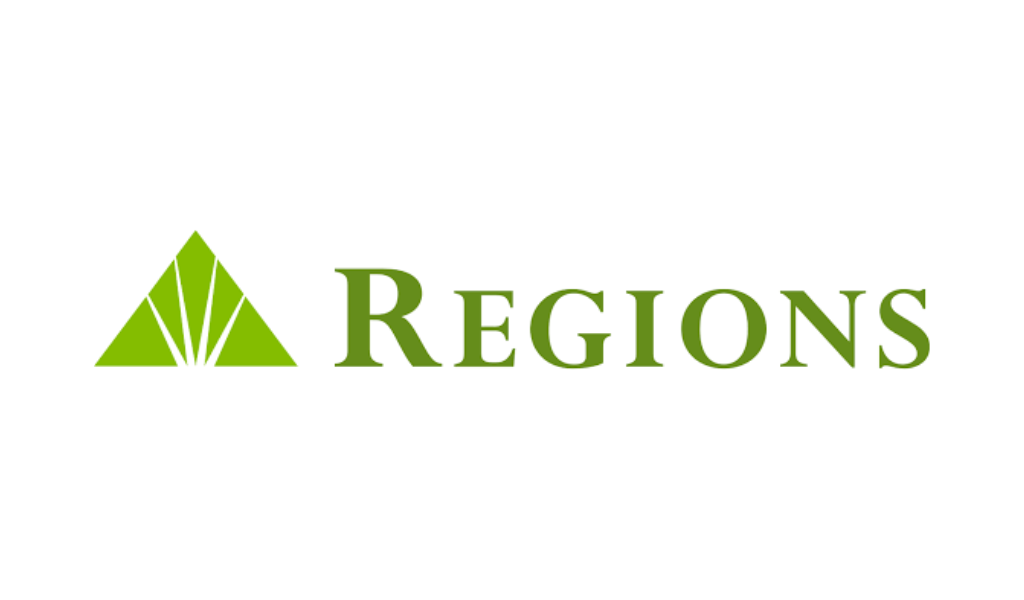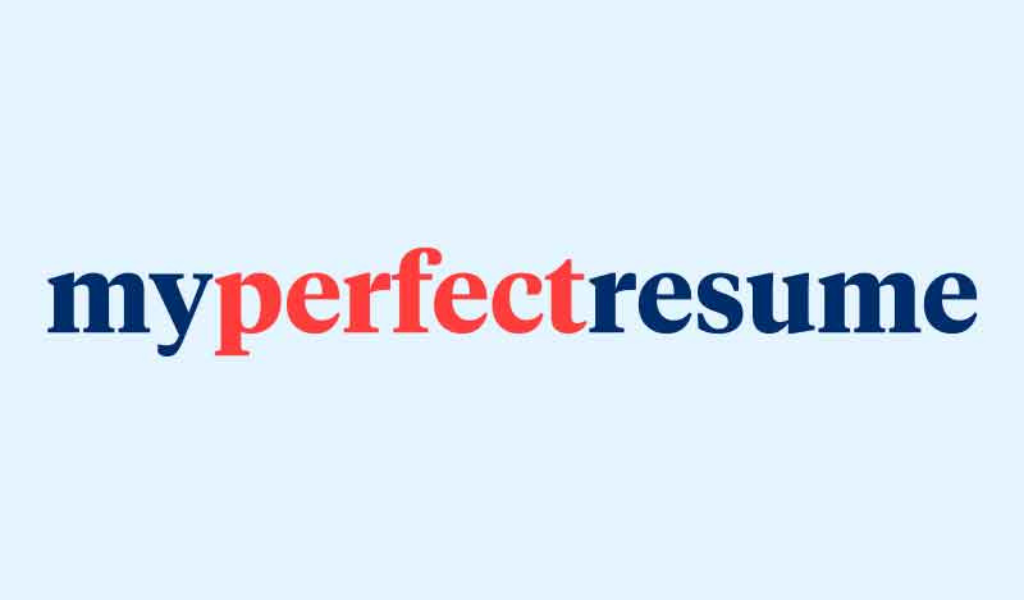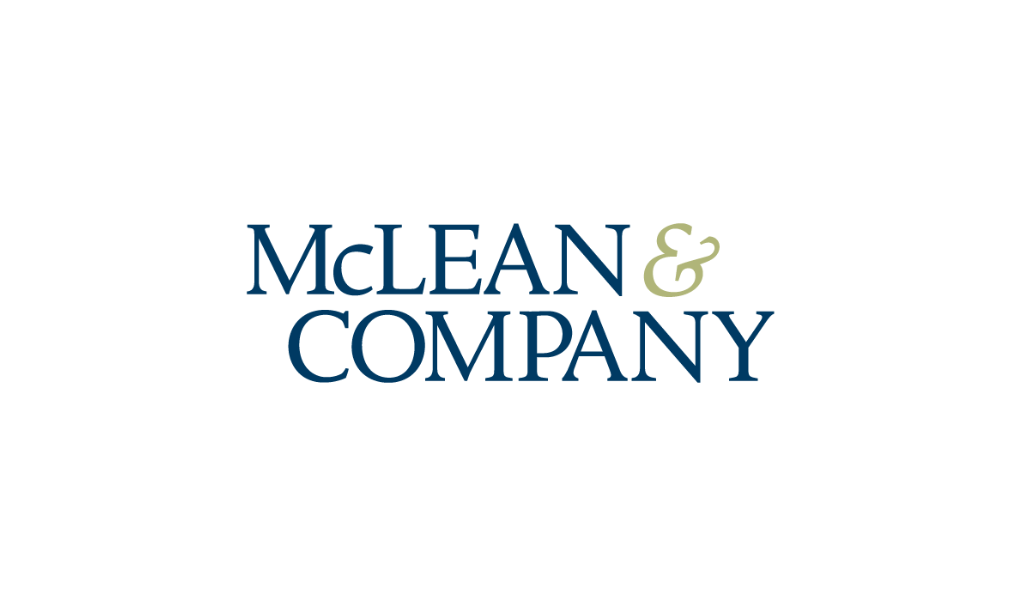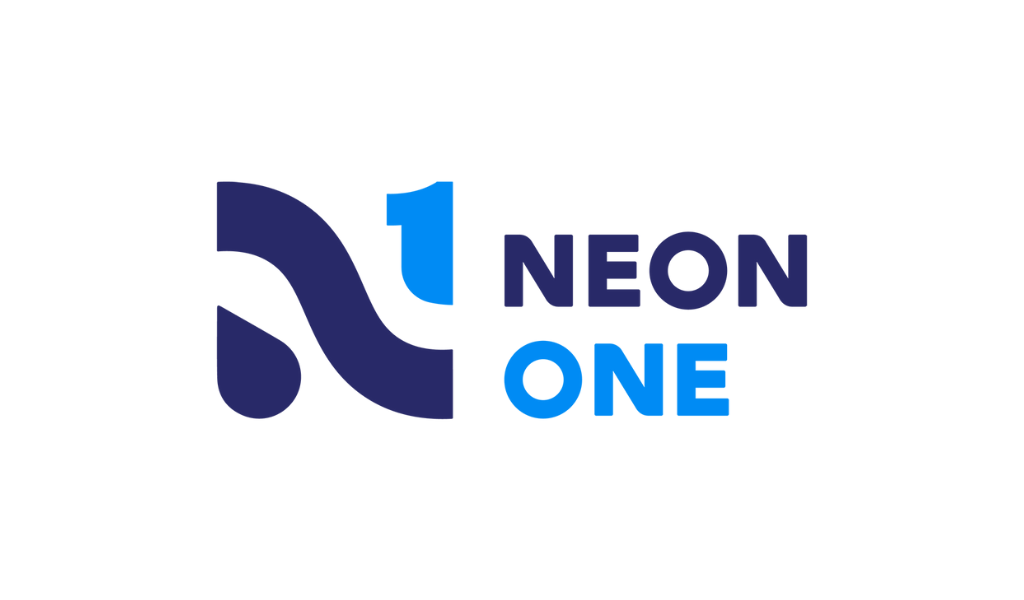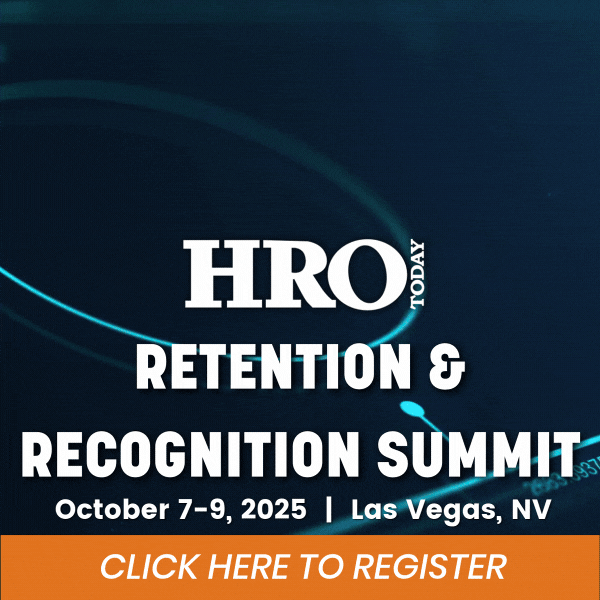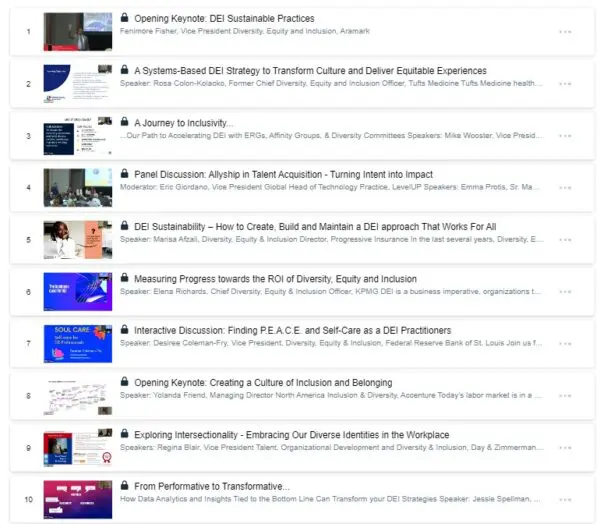One way to beat the labor shortages is to keep seasoned employees happy through a multi-layered approach.
By Maggie Mancini
As leaders push for employees to return to the office, one thing remains clear: Organizations are still experiencing challenges trying to find workers to fill open jobs. Although labor shortages became more pronounced amid the pandemic and the workforce changes it left in its wake, factors like early retirements, an aging workforce, and lack of access to childcare have impeded many leaders’ ability to attract and retain top talent in their organization.
At the same time, employee needs have shifted, with many workers focusing more on finding jobs that provide them with flexibility, opportunities for career advancement, and support for their well-being. Even as the labor market tightens and companies lay off employees to cut costs and maintain profitability, understanding and acknowledging the needs of the workforce has become especially important, says Paul Gordon, senior vice president of sales at Rymax.
“Understanding the rapid changes in business operations and employee expectations is crucial, particularly as flexible work arrangements become increasingly demanded, according to a Harvard Business Review report,” Gordon says. “Employers must adapt their processes to meet these needs and reevaluate both company and workforce aspirations. So, listening, learning, and truly getting to know the needs of your employees is the first critical step.”
Gordon adds that there have been myriad changes in social behavior and communication platforms over the last decade. There are now generations that don’t know what life was like before cell phones, the internet, and social media. In that way, implementing comprehensive employee recognition programs that offer merchandise from today’s most sought-after brands can enhance satisfaction, providing lasting trophy value that extends recognition beyond the immediate moment.
If HR recognizes and rewards its employees with products they desire, Gordon says, employees will reward the company with increased productivity. Research from Gallup finds that just one in three U.S. workers have received recognition or praise for doing good work in the past seven days even though employee recognition can help motivate employees, provide a sense of accomplishment, and increases productivity and loyalty, leading to improved retention.
When it comes to retaining talent, employee engagement is everything, Gordon says. People want to “belong” to things that they are most interested in, so it’s important to make them interested in the company with constant communication about the initiatives and the marketplace.
“Recognition is a human desire. We all want to be appreciated,” he says. For HR leaders looking to build a strong, recognition-focused foundation for employee satisfaction and retention amid global labor shortages, Gordon says that there are a few key strategic practices to implement.
- Develop a comprehensive onboarding process. By clearly outlining onboarding procedures during the interview process and then effectively executing those procedures upon hiring can help new hires visualize their role and the support they will receive.
- Offer a competitive compensation package. It’s also important to regularly review compensation packages to ensure that both new hires and more seasoned employees are adequately compensated, given the ever-changing economic landscape.
- Adopt an engaging recognition program. Gordon adds that it’s important to reward employees with memorable and desirable incentives to boost morale and motivation. Further, maintaining a robust social media presence that incorporates employee accomplishments can provide transparency and attract potential employees.
Gordon adds that these strategies, inspired by successful practices observed across various industries, provide a solid foundation for any company aiming to thrive in a dynamic business environment.


